
Nature has a metaphor that perfectly illustrates what it means to live creatively. Friends, I present to you the humble seed: offspring of flowers and pollen, a hard little mote that can survive millennia in a frozen tundra or a hot summer in the back garden, add specks of flavor and texture to your muffin and trail mix, and are found in your apples and oranges. They are nutritional and potent, and the catalyst and the fuel to something greater than their humble forms suggest.
Seeds to Flowers
Last summer, mid-pandemic, I’d reached my wits end with the cheerless landscaping in front of my apartment. Winter was over, and only weeds were growing in soil baked daily by the hard glare of the western sun. I wanted color. And I thought my neighbors would appreciate an infusion of joy to the outside of our century-old building.
So I took care of the weeds, and bought packets of seeds. I could have gone to a nursery for seedlings, but I wanted to avoid crowds as much as possible. And to keep it simple. I also transplanted daylilies, grasses, and goldenrod from friends’ gardens, which was as far out of my way as I was willing to go. Of course, it turned out to be all I needed.
Hoping to attract pollinators, I planted several varieties of cosmos (annuals) and purple coneflowers (perennials), because they thrive in hot, sunny spots, and poor soil. The cosmos exploded into little bushes of yellows, oranges and red-oranges, and the coneflowers grew roots and leaves, and bloomed this year. The bees love them, and I’m excited for butterflies to arrive at the end of this month.
However, the columbine, coreopsis, lavender, and viola seeds I planted this year did not grow. Not a shoot or a bud. Sometimes, it’s not the seed itself–or the hope you put into it–but the conditions. It’s the soil type, or the intensity of the sunlight, or it’s had too much water or not enough. Or a cat keeps digging in the pot. Or an opportunistic bunny eats the seedlings. Or the plant thrives indoors… or vice versa. Many of these things are out of our control.
Of course, most seeds don’t need constant attention. Maple trees, for example, produce a literal ton of those little helicopter seed pods, called samaras. Volunteer baby maples pop out of the ground–mid-lawn, mid-garden, mid-sidewalk–with no help whatsoever, happy to be alive. I’ve learned recently is that not all of those samaras are actually good and viable seeds. From a biological standpoint, it’s unclear why this happens. But it’s probably a good thing: we’d be buried. In the same way, not all ideas will grow into stories. And maybe not all ideas should.
Seeds to Stories
I’ve had the germs for stories floating around in my head for years. Few actually became partial drafts. And most of them are either unfinished or were never started, while some clung to the back of my imagination, whispering. Others I kept alive out of guilt, trying to make them work, even when the original idea and the inspiration are no more alive than a desiccated succulent. I’m coming to terms with the fact that stories will either bloom and fade early, or never bloom at all. Because something will bloom. I’m learning to move away from that guilt and towards a steady hope in new things–new sources of inspiration and energy. There is no shame in starting over.
Elizabeth Gilbert describes this experience in her book on creative living and working with inspiration, Big Magic. She had the perfect idea for a novel set in the Amazon. But disruptions in her personal life put the writing on hold. When she returned to it, it had utterly vanished. She believes the Amazon novel idea didn’t die so much as departed to inspire someone else. That someone else was her friend, Ann Patchett, who–without prior knowledge of Elizabeth’s project–would write a book with an uncannily similar premise, State of Wonder. Elizabeth was at peace with it; the idea had sought out Ann and sprouted into something very different. It’s a healthy attitude, the ability to let go.

Moreover, I have learned (sometimes the hard way) that ideas and seeds should be gently nurtured in their own time and never forced. An idea might need more time to grow its roots. Furthermore, if the seed has died, no amount of fertilizer (new plot twists or character additions or fun details) will bring it back. That’s how gardens work, after all. Plants will die even if you’ve given them everything short of a blood sacrifice. (Cue the Little Shop of Horrors soundtrack.) The best you can do is open a packet of fresh seeds (or new ideas) and start over.
The novel I nurtured from seed ten years ago is now a vital, complete story. I hope someday it will grow fruit (through publication). But that will take time and patience, perseverance and flexibility. In the meantime, I am starting a new section of my creative garden and getting my hands dirty. That’s all I can do.
I have no idea what will grow there or if it will thrive, but there’s only way to find out: through patience and persistence.
※










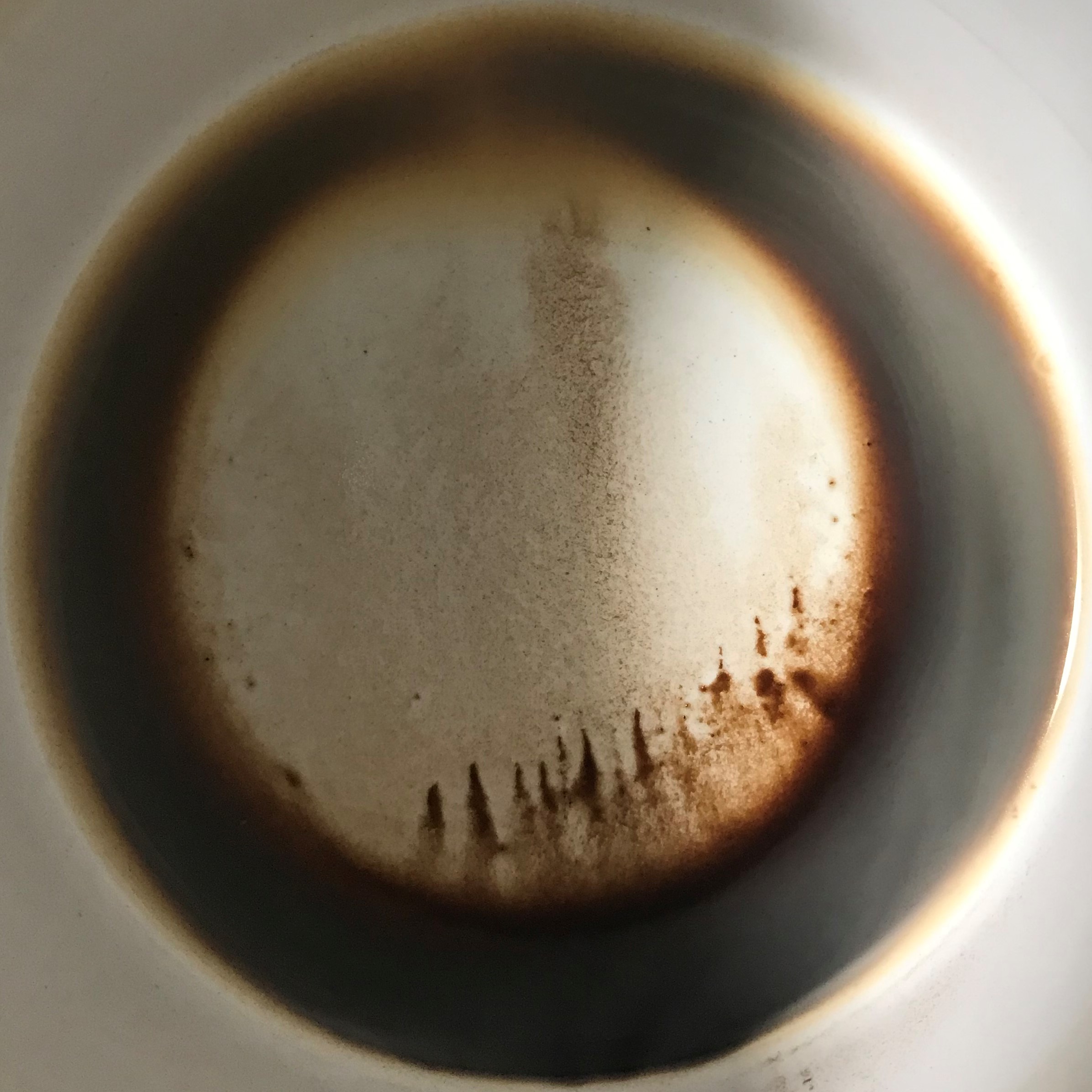
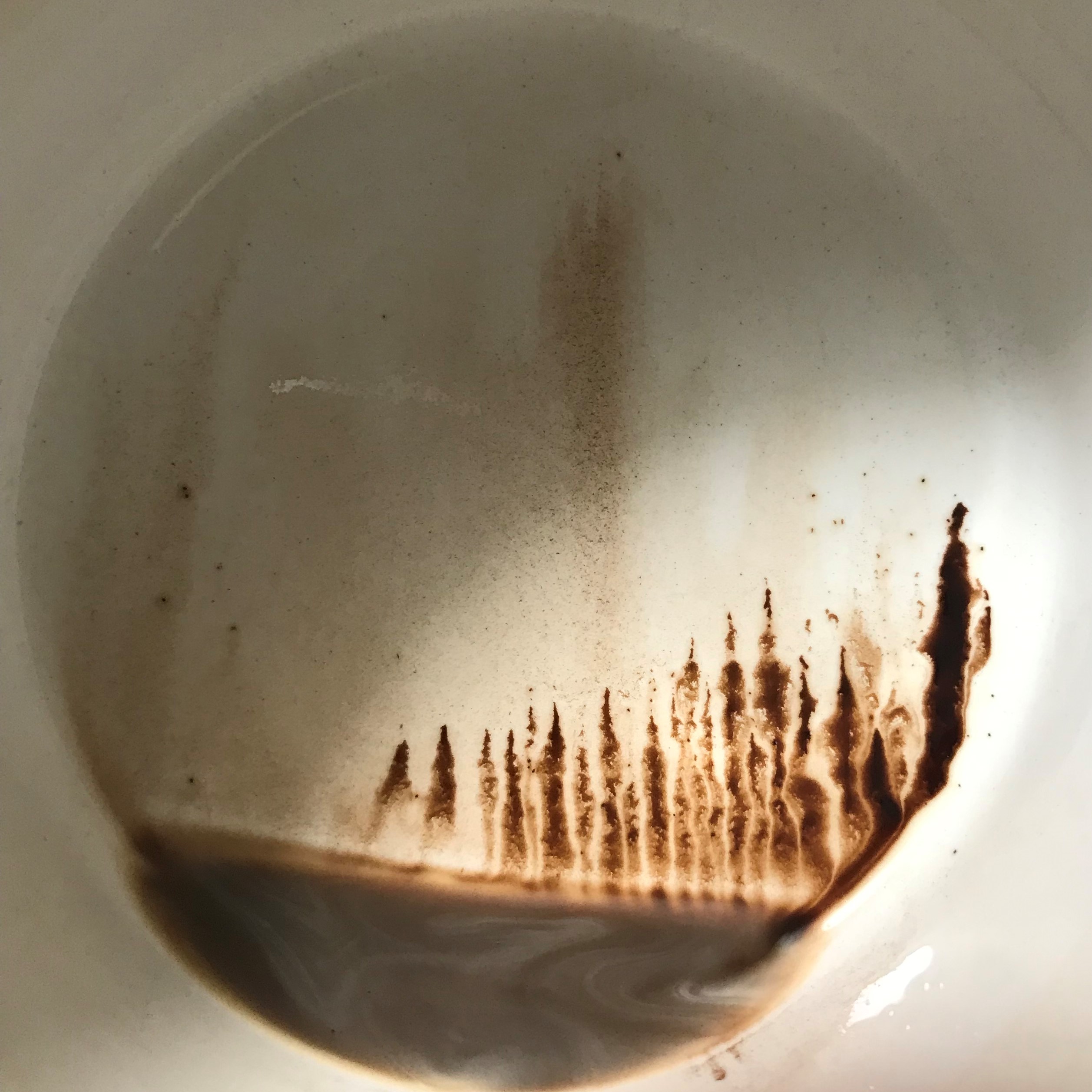
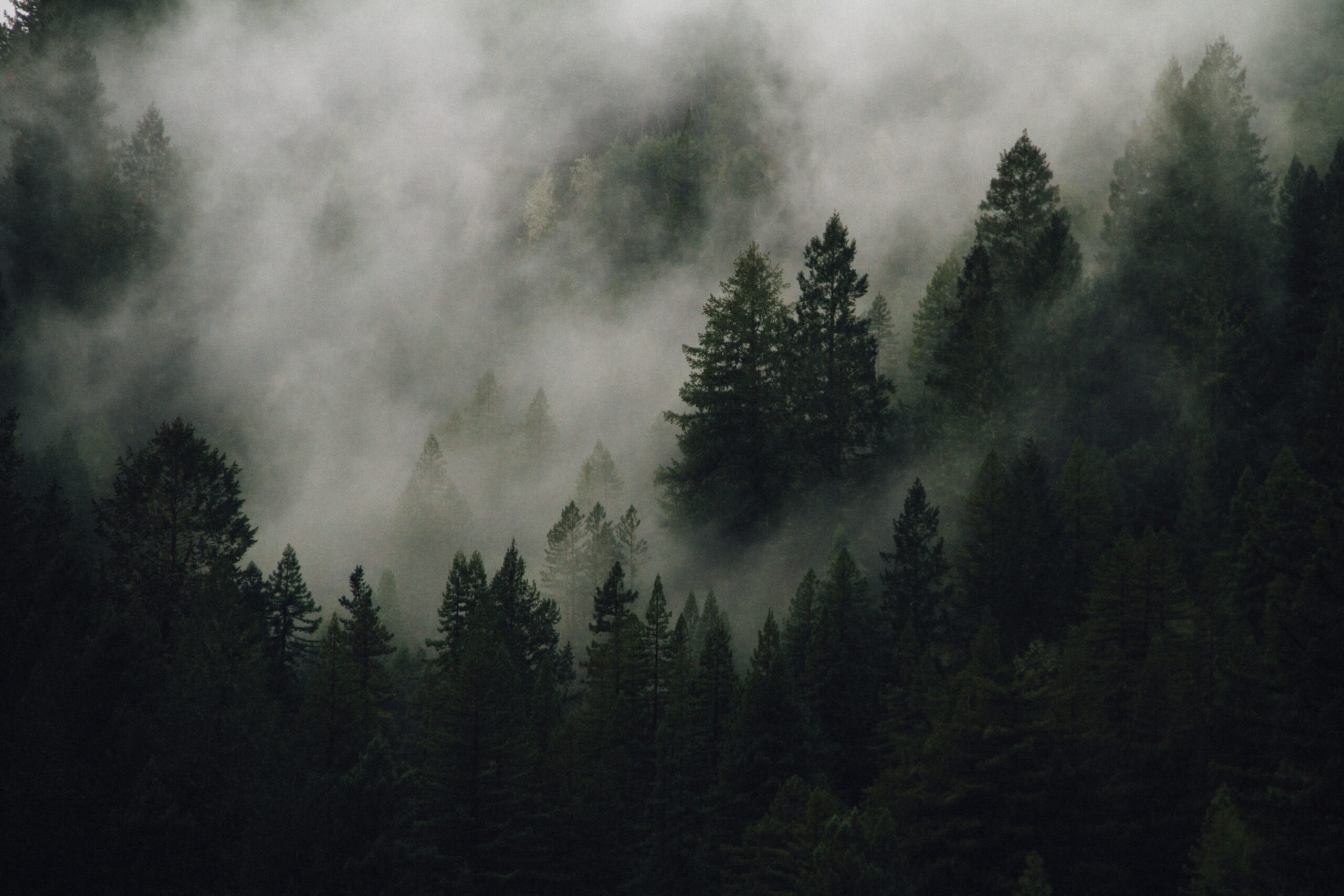
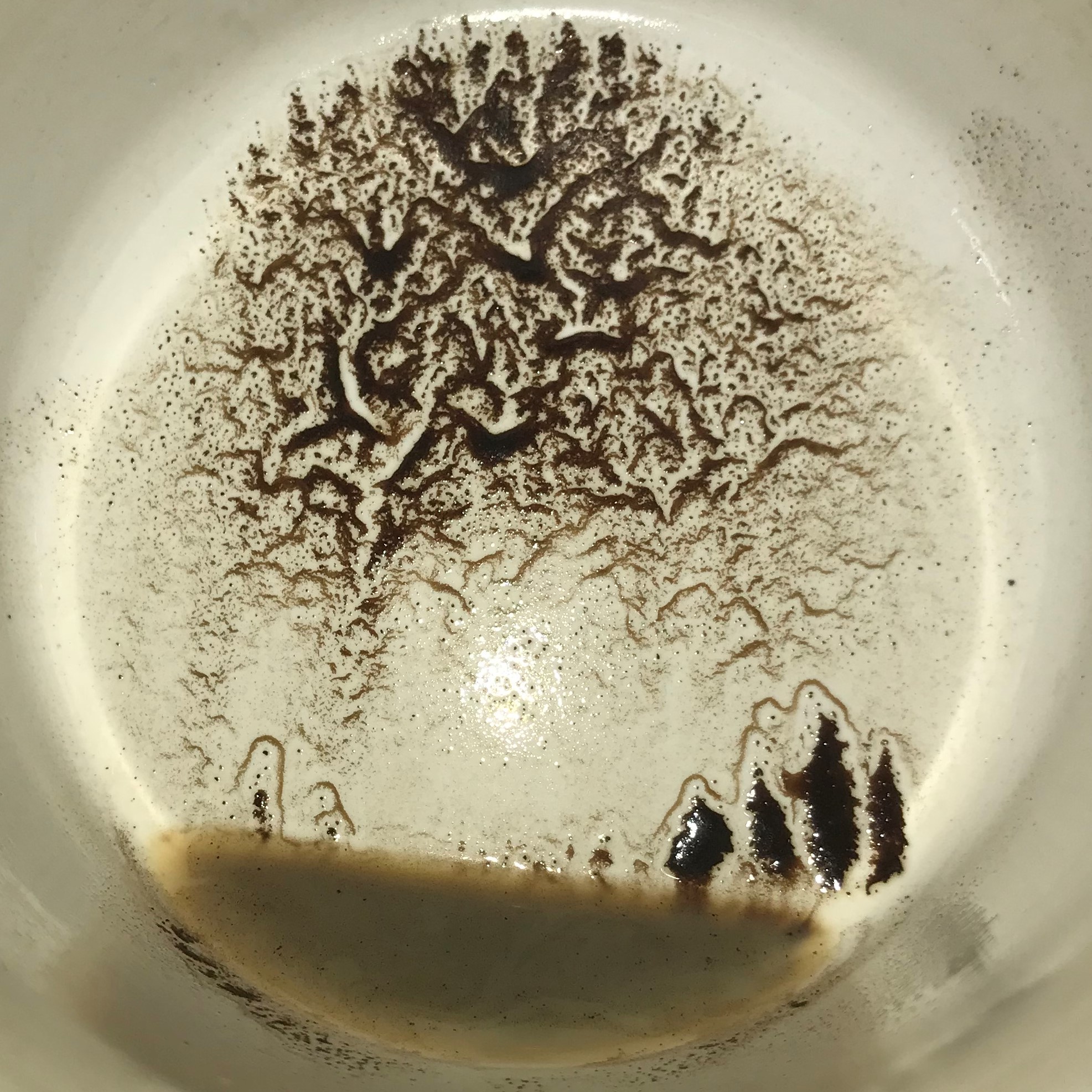
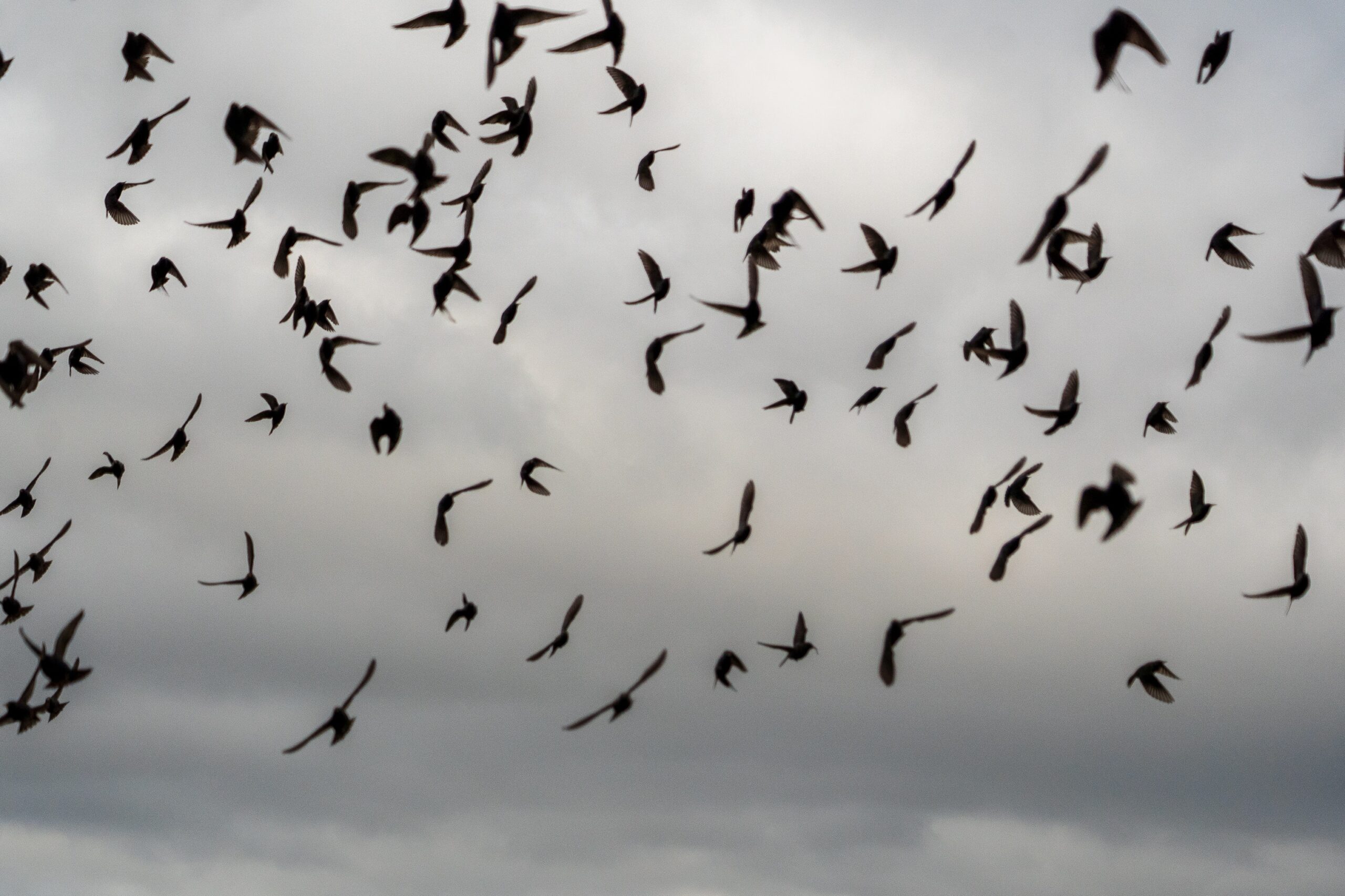
“Because something will bloom. I’m learning to move away from that guilt and towards a steady hope in new things–new sources of inspiration and energy. There is no shame in starting over.” – Such a powerful reminder for all of us. Sometimes the best step forward is to say no to the current path, giving us the ability to be able to say yes to a new path – possibly one that we haven’t even imagined yet. Thanks for your beautiful words and analogies!
Thank you so much, Ashley. 🙂